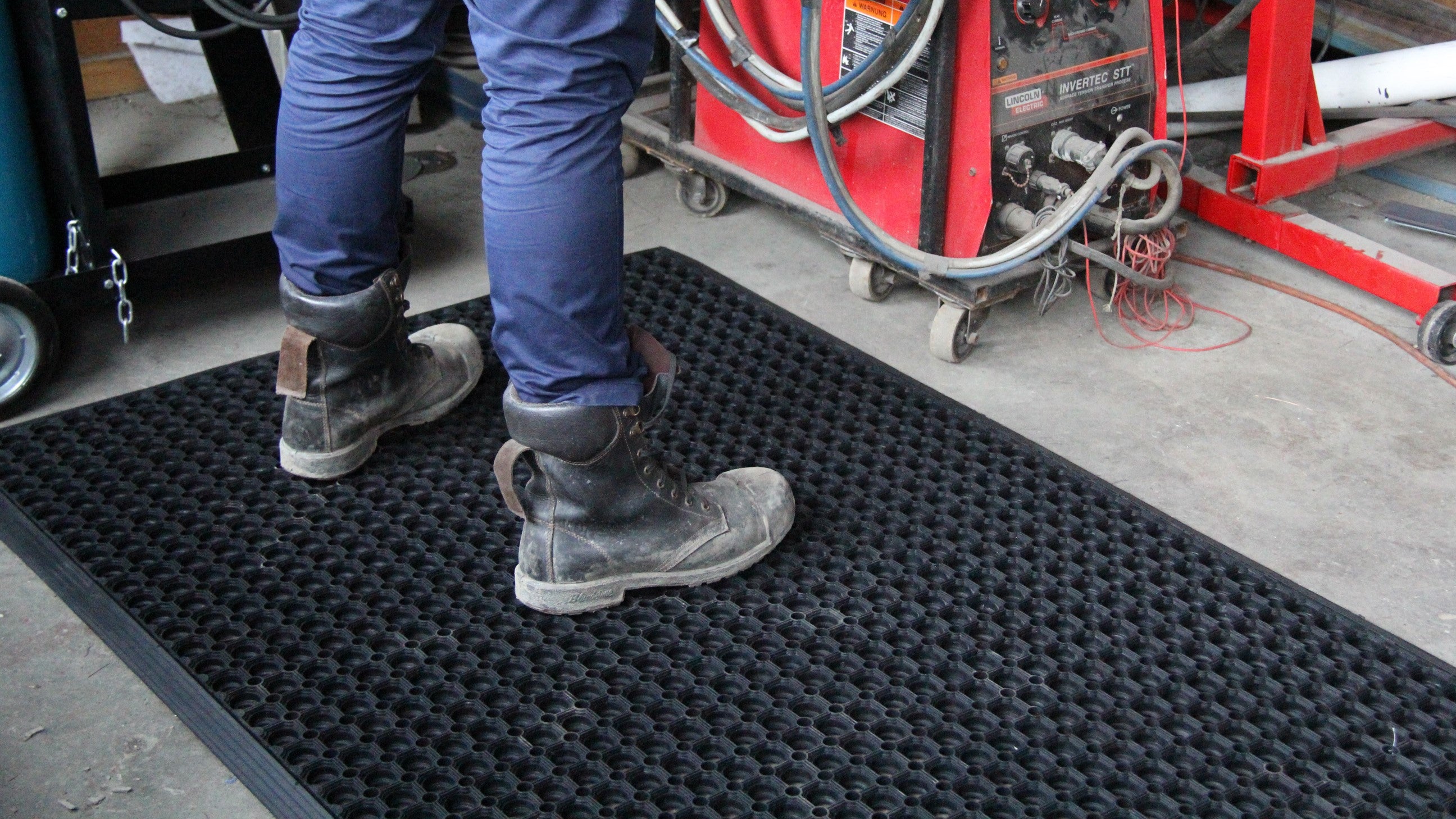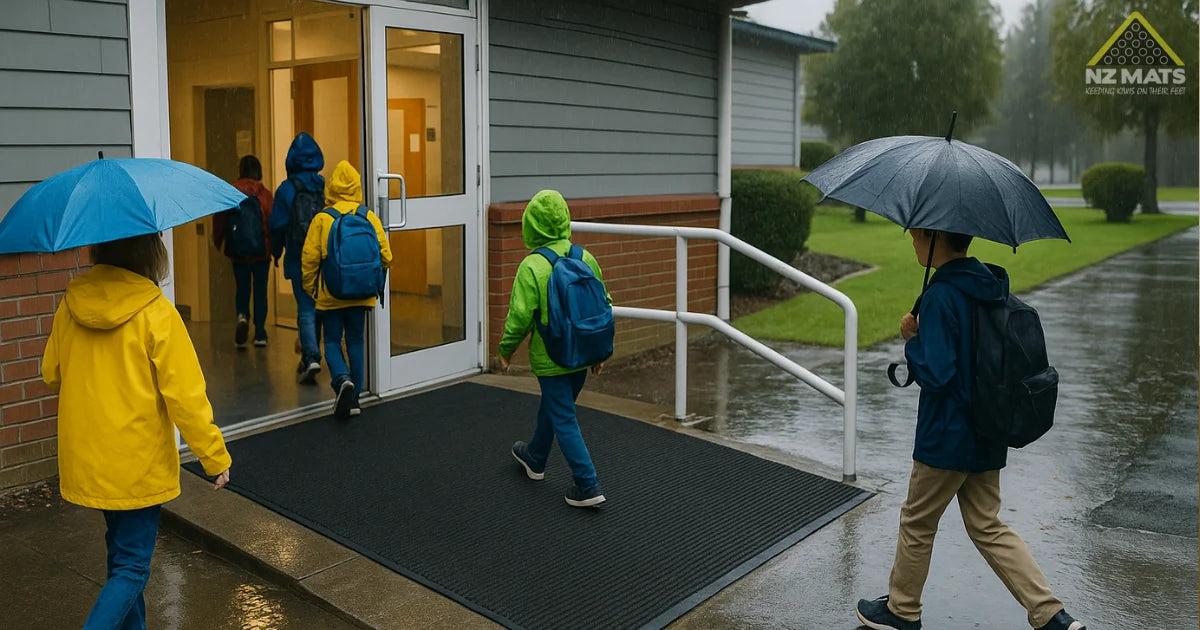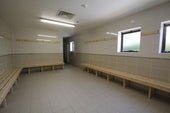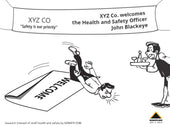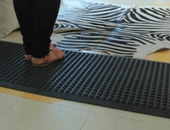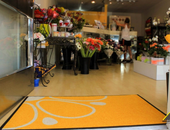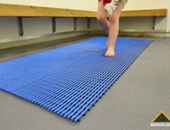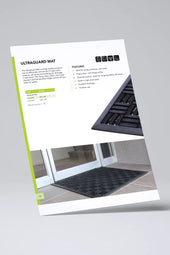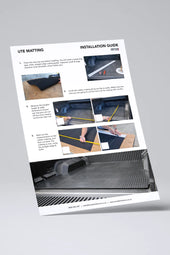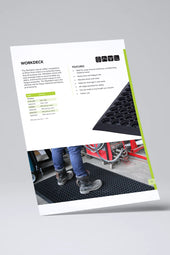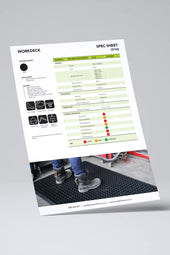New Zealand schools deal with all sorts of weather, and when the rain starts falling, outdoor areas become safety concerns. From wooden ramps to concrete footpaths and playground walkways, wet conditions can turn normal movement into risky business. Every year, slip-related accidents increase during the rainy seasons, and schools must be prepared to reduce these hazards—especially in areas with heavy foot traffic.
This article outlines practical strategies that school leaders can adopt to keep outdoor spaces safe and dry. From installing the right mats for schools to managing surface design and drainage, these steps support compliance, safety, and peace of mind.
Identifying High-Risk Areas on School Grounds
Before addressing safety solutions, it’s important to understand where the most significant risks appear. Not all outdoor surfaces behave the same in wet conditions.
Where Slips Commonly Happen:
-
External staircases with smooth tiling or untreated concrete
-
Wooden decks between classrooms or portable buildings
-
Entry ramps exposed to the elements
-
Footpaths with moss or algae growth due to poor drainage
-
Covered walkways that don’t fully protect against sideways rain
-
Areas near sports courts, playgrounds, or changing rooms
-
Shortcuts across grass that turn muddy when wet
The key issue in these areas is the sudden change in surface conditions—what’s normally safe becomes slick once exposed to moisture. Regular inspections help identify which zones require immediate attention.
What Areas of a School Are Most Prone To Slip Hazards During Wet Weather?
Entry points, ramps, decks, and any path exposed to pooling water are the most common high-risk zones.
Using Outdoor-Grade Matting for Safer Entry Points

One of the most effective, low-effort solutions is the use of proper outdoor matting. However, standard mats placed at doors won’t do the job. Schools need matting built to endure exposure to UV rays, heavy rainfall, and muddy footwear.
Benefits of Outdoor-Ready Matting:
-
Designed to trap water and debris before it gets indoors
-
Allows water to flow through or drain off the surface quickly
-
Reduces the need for frequent mopping or signage inside
-
Made from hard-wearing materials such as nitrile rubber or textured PVC
-
Stays firmly in place due to heavy backing and anti-movement design
Strategically placing mats at building entry points also supports indoor cleanliness, reducing moisture carried into classrooms and hallways.
What Type of Mats Are Best for Outdoor School Areas?
Mats with a coarse scraping surface, water-drainage channels, and slip-resistant backing are the most suitable for NZ school entryways.
Slip-Resistant Surfaces: Improving Traction with the Right Materials
Some outdoor walkways can’t be covered in mats, especially those leading across wider distances. In these cases, modifying or upgrading the base surface helps prevent accidents.
Surface Solutions Worth Considering:
-
Textured concrete with exposed aggregate
-
Rubber surfacing on high-use playground areas
-
Non-slip paint applications on wooden decking or older ramps
-
Tactile ground surface indicators for improved visibility in wet conditions
-
Modular plastic walkway tiles that lock into place and resist water build-up
Slip-resistant coatings are particularly helpful for timber, which tends to become slick as it ages or absorbs moisture. These upgrades can often be completed during school holidays with minimal disruption.
Can Outdoor Surfaces Be Made Slip-Resistant Without Replacing Them?
Yes, with proper sealants, textured paints, or slip-resistant adhesive tapes, many surfaces can be treated rather than replaced.
Drainage Planning: Keeping Walkways Dry and Safe

If water isn’t managed properly, it doesn’t matter how textured the surface is—it’ll still be dangerous. Drainage should always be part of a school’s external walkway planning.
Key Elements of Effective Drainage:
-
Slight sloping of concrete or asphalt paths to direct runoff away from buildings
-
Installation of trench drains with grated tops near gutters or pooling spots
-
Downspouts that don’t empty directly onto walkways
-
Rain gardens or swales that collect and disperse excess water naturally
-
Grated stormwater access points that are kept clear of leaves and debris
When puddles form repeatedly in the same areas, drainage is either insufficient or blocked. This is often an overlooked maintenance issue that can be fixed without a large-scale redesign.
How Does Poor Drainage Contribute to Slips in School Environments?
Pooling water softens walking surfaces, promotes algae growth, and increases the chance of unexpected slick patches that can cause injury.
Compliance With NZ Education Safety Standards
Health and safety responsibilities for schools in New Zealand aren’t optional. They’re defined in part by the Ministry of Education building guidelines, and they cover both indoor and outdoor floor safety.
Core Compliance Expectations:
-
Walkways must be slip-resistant in wet or dry conditions
-
Exterior areas must provide safe access between buildings
-
Schools should mitigate risks related to water accumulation or algae
-
Regular inspections must be documented and followed up with corrective action
In addition, schools are expected to keep facilities in a safe condition under the Health and Safety at Work Act, which includes common outdoor areas such as playgrounds, walkways, and ramps.
Do Schools Need To Follow Flooring Safety Standards for Outdoor Areas?
Yes. Exterior safety is part of overall school property compliance and must be addressed in maintenance and capital planning efforts.
Mats for Schools and Exterior Safety
Mats placed outside buildings do more than stop mud at the door. They also protect students from slipping at key transition points between indoor and outdoor spaces.
When selecting mats for schools, it’s important to choose options designed for outdoor use that:
-
Drain water efficiently
-
Maintain shape under heavy use
-
Provides grip in all weather
-
Stays in place without curling or sliding
-
Are easy to clean or shake out when full of debris
These mats should be viewed not as accessories but as functional safety tools that protect students, reduce the workload on cleaners, and preserve the flooring inside.
How Mats for Schools Support Safer Outdoor Navigation
Slip-resistant mats work best when they are positioned where traffic is highest. That includes:
-
External classroom doorways
-
Gymnasium and pool facility exits
-
Covered walkway connections between buildings
-
Temporary structures or portable classrooms with steps or ramps
In wet weather, these mats act as barriers between the environment and the school interior. The right materials help prevent slippery conditions, both outside and inside.
How Do Mats Reduce Accidents in Outdoor Entry Areas?
They provide immediate traction, absorb moisture from footwear, and reduce the tracking of water onto indoor surfaces.
Practical Solutions from NZ Mats
Here are several outdoor-ready matting products available from NZ Mats that support school safety in wet conditions:
AKO Safety Matting
A rugged option that grips decking and concrete walkways alike. Its design helps prevent slippage on damp surfaces, and it is easy to secure into place.
Aqua Tube Matting
Excellent for areas exposed to water and moisture. It allows water to drain through the open weave while providing a stable walking surface underfoot.
Nordic Marine Carpet
Ideal for ramps or long stretches of outdoor hallway where coverage and durability are needed. The surface stays grippy even when wet, and it’s UV-stable for long-term use.
These products help support a school’s broader strategy for school safety flooring solutions, especially when addressing external hazards.
What Outdoor Mats From NZ Mats Are Good for School Walkways?
AKO Safety Matting and Aqua Tube Matting offer a strong grip and weather resistance for most high-traffic outdoor areas.
Budgeting and Maintenance Planning

School budgets are tight, but ignoring slip hazards can lead to injury, liability, and more expensive repairs down the road. A proactive approach is always the most cost-effective.
Smart Planning Tips:
-
Start with a term-by-term surface risk audit
-
Involve property teams in planning and inspections
-
Use injury or near-miss reports to identify trouble zones
-
Prioritise upgrades by frequency of use and severity of risk
-
Build outdoor matting replacements into annual budgets
Cleaning is also key. Mats filled with debris or positioned over algae will not perform as intended. Maintenance teams should inspect outdoor mats regularly and replace them when signs of damage appear.
How Can Schools Budget for Slip-Resistant Outdoor Upgrades?
Break projects into phases based on risk, start with high-use areas, and invest in long-life products that reduce the total cost of ownership.
Encouraging Safe Habits Among Students and Staff
Products alone don’t prevent accidents. Behavioural habits also play a role, especially among younger students.
Ways to Promote Safer Movement:
-
Use floor safety signage during rainy days
-
Train staff to spot and report outdoor hazards
-
Announce seasonal safety reminders during assemblies
-
Encourage rain-appropriate footwear like sneakers or gumboots
-
Discourage running or horseplay on known slick areas
Schools that involve students and staff in safety practices often experience fewer incidents and quicker hazard reporting.
How Can Schools Promote Slip Awareness During Rainy Seasons?
Clear communication, visible signage, and involving staff and students in safety routines can reduce both risk and injury.
Additional Talking Points to Consider
The Role of Shade Sails and Covered Walkways
While matting and surfacing are important, structural solutions can also help. Covered walkways or shade sails reduce rain exposure, keeping paths dry and walkable.
Managing Moss and Algae Growth
These natural by-products of a damp climate often go unnoticed but make outdoor surfaces slippery. A regular moss and algae treatment schedule is essential, particularly in shaded or south-facing zones.
Conducting Seasonal Safety Reviews
Adding a short safety checklist before each winter or spring term ensures that school leaders address new problem areas before they cause incidents.
Make Your School Slip-Free!
When it comes to floor safety for education, it’s easy to focus on indoor concerns. But the outdoors holds just as many risks, especially during New Zealand’s wet seasons. From slipping on decks to falling on mossy paths, the danger is real and avoidable.
Through smart planning, proper matting, improved drainage, and surface upgrades, school leaders can dramatically reduce accidents. Mats for schools, when chosen correctly, are a big part of this effort. So are maintenance routines, awareness campaigns, and budget-conscious upgrades.
Rain may be unavoidable, but slips and falls don’t have to be.



